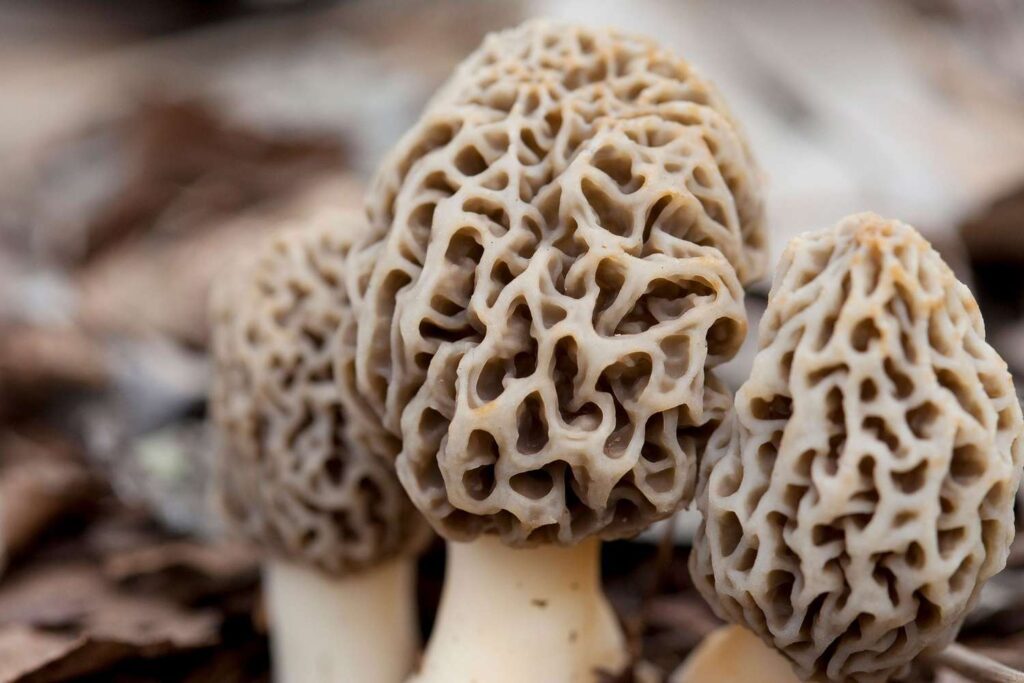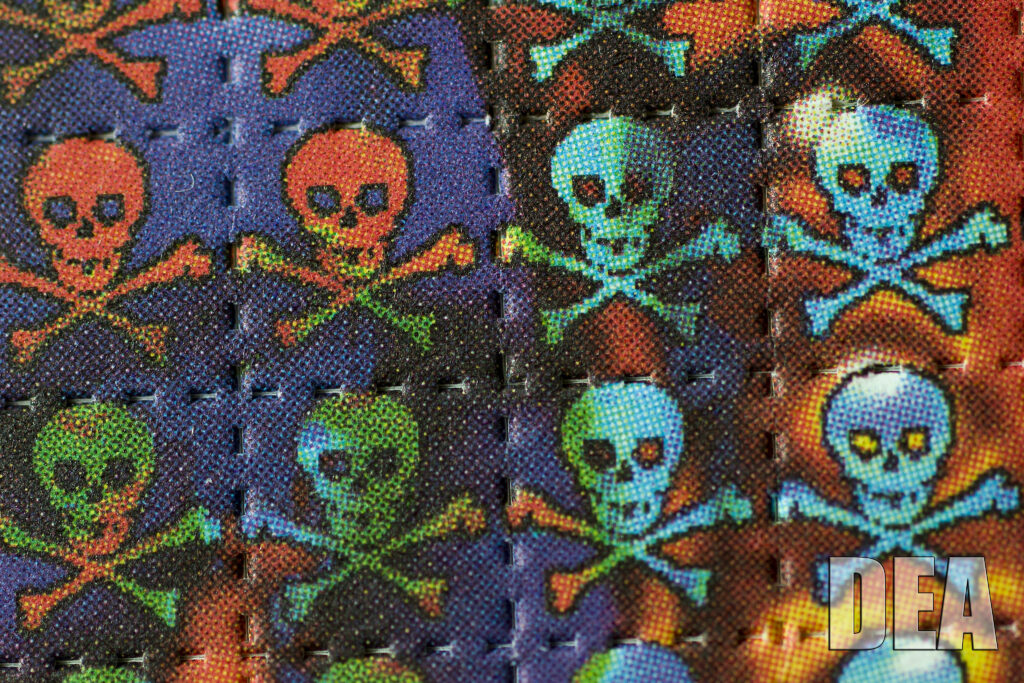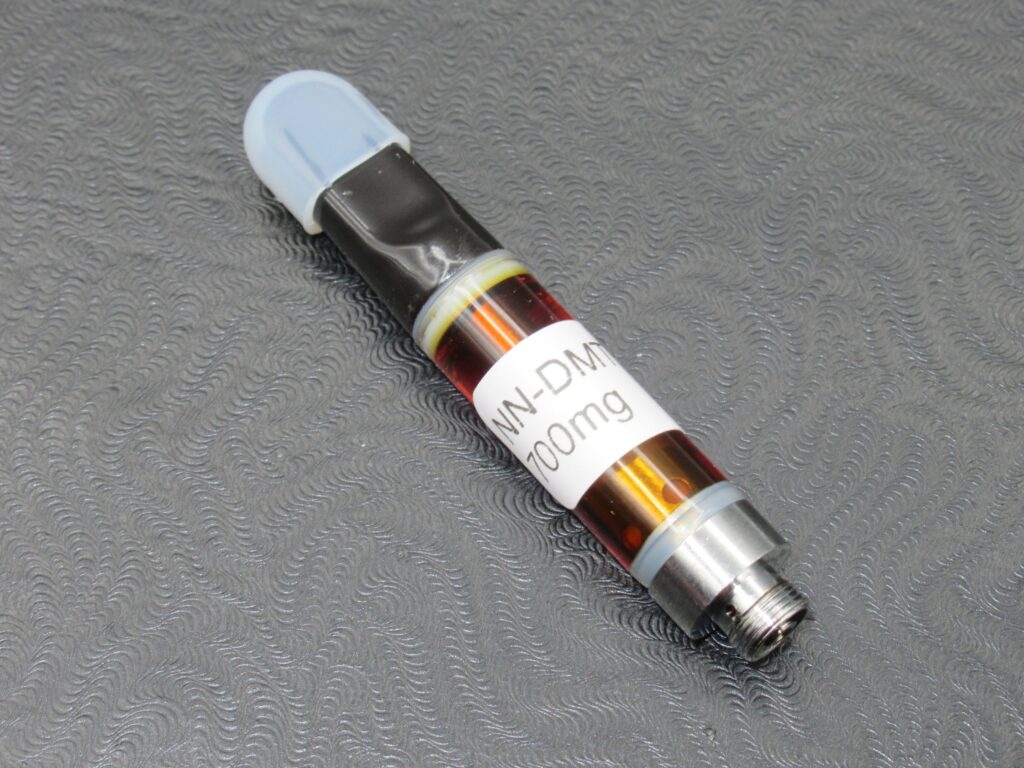In the realm of psychedelics, few substances hold as much mystique and fascination as liquid LSD. Often regarded as the gateway to profound introspection and altered states of consciousness, LSD, or lysergic acid diethylamide, has been a subject of scientific inquiry, cultural exploration, and controversy since its discovery in the mid-20th century. Liquid LSD, a potent and concentrated form of the substance, represents a unique facet of this enigmatic compound, offering both insights into the human mind and challenges to our understanding of pharmacology, psychology, and society.

The Origins of Liquid LSD
The story of liquid LSD begins with its synthesis by Swiss chemist Albert Hofmann in 1938. Hofmann, while studying ergot alkaloids for pharmaceutical company Sandoz, stumbled upon the psychoactive properties of LSD-25 in 1943. However, it wasn’t until 1947 that he first produced the compound in liquid form, laying the groundwork for its use in psychiatric research and the burgeoning counterculture movements of the 1960s.
Properties and Potency
Liquid LSD, often found on small absorbent paper squares known as blotter tabs, is typically colorless, odorless, and tasteless, making it discreet and easy to transport. Its potency can vary significantly, with each drop containing anywhere from 50 to 300 micrograms of LSD, although concentrations higher than this are rare due to practical considerations and safety concerns.
Psychedelic Explorations
The effects of liquid LSD are profoundly psychedelic, inducing alterations in perception, mood, and cognition that can last for up to 12 hours. Users often report vivid visual hallucinations, enhanced sensory experiences, and a sense of interconnectedness with the universe. These effects are mediated by LSD’s interaction with serotonin receptors in the brain, particularly the 5-HT2A receptor, leading to changes in neural activity and connectivity that underlie the psychedelic experience.
Therapeutic Potential
While recreational use of liquid LSD is widespread, there is also growing interest in its therapeutic potential. Research conducted in the mid-20th century suggested that LSD could be effective in treating various psychiatric disorders, including depression, anxiety, and addiction. Recent studies have reignited this interest, with clinical trials exploring the use of LSD-assisted psychotherapy as a treatment for conditions such as PTSD and end-of-life anxiety.

Challenges and Risks
Despite its therapeutic promise, liquid LSD is not without risks. High doses can induce intense and overwhelming experiences, leading to anxiety, paranoia, and even psychosis in vulnerable individuals. Furthermore, the legality of LSD and its analogs varies widely around the world, with strict regulations and harsh penalties in many countries. The clandestine production and distribution of liquid LSD also pose challenges in terms of quality control and safety, as users may inadvertently consume adulterated or contaminated substances.
Cultural and Legal Context
Liquid LSD occupies a unique place in popular culture, symbolizing rebellion, creativity, and spiritual exploration. Its association with the psychedelic counterculture of the 1960s has left an indelible mark on music, art, and literature, inspiring generations of artists, thinkers, and activists. However, the widespread use of LSD also prompted a backlash from authorities, leading to its classification as a Schedule I controlled substance in many countries and restrictions on research into its potential benefits.
Looking to the Future
As attitudes toward psychedelics evolve and scientific understanding deepens, liquid LSD remains a subject of fascination and debate. Its therapeutic potential, coupled with its profound effects on consciousness, make it a promising avenue for further research and exploration. However, questions surrounding its safety, legality, and cultural significance persist, highlighting the need for responsible use, informed discourse, and evidence-based policies.
In conclusion, liquid LSD represents a potent and intriguing window into the mysteries of the human mind and the transformative power of psychedelics. Whether viewed as a sacrament, a tool for self-discovery, or a catalyst for social change, its legacy endures as a symbol of the endless possibilities and profound complexities of the psychedelic experience.






